
 Instagram
Instagram
Is Hot Water Bottle Rash Dangerous?

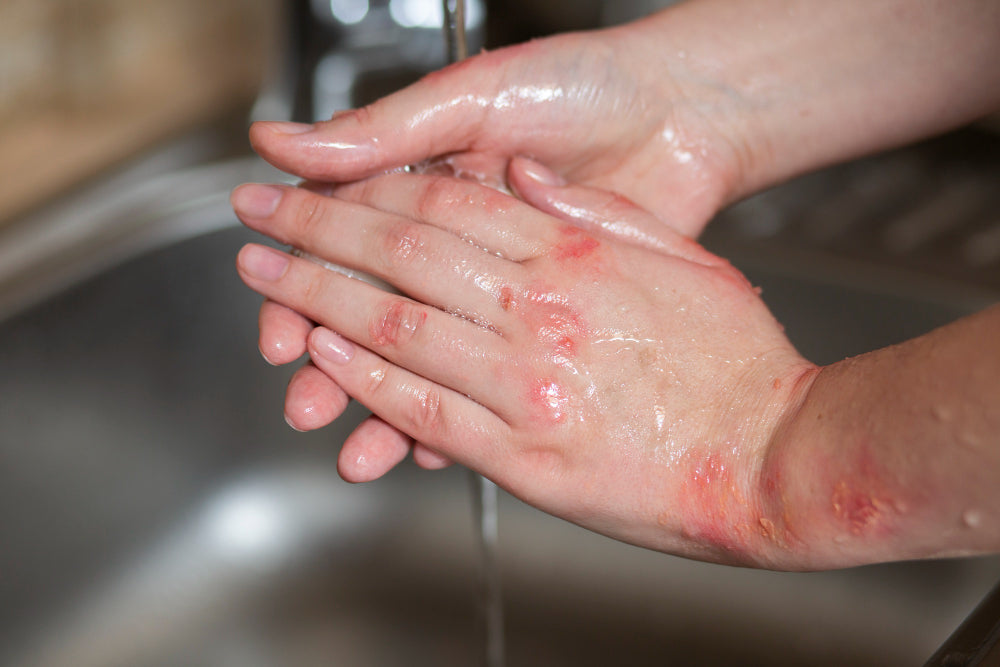
Related products
A hot water bottle rash, medically referred to as erythema ab igne, presents as a skin condition that develops due to prolonged exposure to moderate but persistent heat. Traditionally, hot water bottles are employed to provide relief from conditions such as abdominal cramps, muscle soreness, and during colder months, to provide warmth in bed. These scenarios illustrate the beneficial and widespread use of hot water bottles. However, there are rising concerns about the potential dangers associated with improper usage, particularly the development of persistent skin rashes and more severe thermal injuries.
The concern primarily arises from the misuse of hot water bottles, such as placing them directly against the skin without adequate protective coverings or using excessively hot water. These practices can lead to skin damage, prompting healthcare professionals to caution against negligent use. Dr. Harriet Eldridge, a dermatologist based in Leeds, emphasises, "While hot water bottles can offer significant relief from pain and discomfort, it is crucial to use them responsibly to avoid adverse skin reactions."
Is Hot Water Bottle Rash Dangerous?
Yes, hot water bottle rash can be dangerous if left untreated, as it may lead to permanent skin damage and even increase the risk of skin cancer.
Hot water bottle rash, or erythema ab igne, is generally not dangerous in its early stages, presenting as mild skin irritation with red, mottled patterns. However, if the exposure to heat continues without proper intervention, it can lead to more serious complications such as permanent skin discoloration, thickening, and in rare cases, an increased risk of developing skin cancers like squamous cell carcinoma. Therefore, while not immediately dangerous, if left untreated and subjected to continuous heat exposure, it can become a serious health concern.
What is a Hot Water Bottle Rash?
Hot water bottle rash, or erythema ab igne, is characterised by a reticular pattern of erythema on the skin which may become permanent with chronic exposure. This rash typically appears as a mottled, lace-like redness on the skin surface, and over time, can develop into darker patches and may lead to skin thickening.
Symptoms of the Rash
The initial symptoms of a hot water bottle rash include mild redness and irritation of the affected area. Over time, the continuous application of heat can lead to more pronounced symptoms including itching, a burning sensation, and the appearance of a distinct net-like pattern of hyperpigmentation on the skin. Dr. Eldridge notes, "It's imperative to monitor any persistent skin changes if you regularly use hot water bottles, especially in the same body region."
How the Rash Develops
The rash typically develops from two types of heat exposure: direct contact heat rash, which occurs when the hot water bottle is placed against the skin, and burns, which are more severe and result from using water at excessively high temperatures. The differentiation between these conditions lies in the degree of heat applied and the duration of exposure. Contact heat rash is generally more gradual and results from repeated exposure to moderate temperatures, whereas burns are immediate and arise from brief exposure to very high temperatures.
What are Causes and Risk Factors of Hot Water Bottle Rash?
The primary cause of hot water bottle rash is the prolonged exposure to heat from a hot water bottle. This heat disrupts the normal thermoregulation of the skin and can damage the dermal capillaries, leading to the characteristic appearance of the rash. "Patients often underestimate the temperature that a hot water bottle can reach, especially when refilled with boiling water," explains Dr. Eldridge.
Risk Factors
Several risk factors increase the likelihood of developing hot water bottle rash. These include:
- Skin sensitivity: Individuals with sensitive skin or underlying conditions like eczema are more susceptible.
- Improper use of the bottle: Direct skin contact without a protective cover significantly increases the risk.
- Inadequate coverings: Using thin or damaged bottle covers that do not adequately insulate the heat.
- Prolonged exposure: Extended periods of use, particularly at high temperatures, can escalate the risk.
The awareness of these risk factors and causes is vital for preventing the onset of hot water bottle rash, underscoring the need for precautionary measures in the routine use of hot water bottles. By recognising and addressing these factors, individuals can continue to enjoy the comfort and therapeutic benefits of hot water bottles without compromising their skin health. Find out the 7 Side Effects of Sleeping with a Hot Water Bottle
Potential Complications from Untreated Hot Water Bottle Rash
Untreated hot water bottle rash can escalate into several complications, primarily if the exposure to heat continues unabated. According to Dr. Harriet Eldridge, "Persistent erythema ab igne may develop into skin thickening and even lead to the formation of cutaneous malignancies, such as squamous cell carcinoma, if neglected for long periods." Thus, the importance of addressing the rash promptly is emphasised to prevent the progression of these potentially severe conditions.
Distinguishing Between Mild Rashes and More Severe Burns
It is crucial to distinguish between mild rashes, which typically present with superficial redness and irritation, and severe burns, which may involve blistering, deeper skin damage, and significant pain. Mild rashes often resolve with minimal intervention and avoidance of further heat exposure, whereas severe burns require immediate medical treatment to prevent infection and facilitate proper healing.
Long-Term Skin Damage Possibilities
Chronic exposure to heat from hot water bottles, especially at high temperatures, can lead to permanent skin changes. These changes include hyperpigmentation, skin atrophy, and in rare cases, the aforementioned transformation into malignant lesions. "Monitoring any persistent changes in skin colour or texture is essential, especially for those frequently using heat as a form of therapy," advises Dr. Eldridge.
Prevention Tips for Hot Water Bottle Rashes
To safely utilise hot water bottles and mitigate the risk of developing hot water bottle rash, it is advised to:
- Always use a cover for the hot water bottle. Opt for thick, insulated materials that can effectively buffer the heat.
- Never fill the bottle with boiling water; instead, use warm water that is comfortable to the touch.
Recommendations for Bottle Covers and Barriers
Choosing appropriate bottle covers and barriers can significantly reduce the risk of skin damage. "Select covers made from natural fibres such as wool or thick cotton, which not only protect the skin but also maintain the heat for longer durations in a safer manner," suggests Dr. Eldridge.
Tips on Temperature Regulation and Usage Duration
Regulating the temperature and limiting the usage duration are key preventive measures. It is recommended to avoid direct contact for more than 20 minutes at a time and to check the skin periodically for any signs of redness or discomfort.
Treatment Options for Hot Water Bottle Rashes
Upon noticing signs of a hot water bottle rash, the immediate step is to remove the heat source and cool the affected area gently with a damp cloth. Applying a soothing lotion such as aloe vera can help alleviate the initial symptoms.
When to Seek Medical Attention
Medical attention should be sought if the rash persists, worsens, or if symptoms such as blistering or severe pain occur. "Any signs of infection, such as increased redness, pus, or severe swelling, require urgent assessment by a healthcare professional," Dr. Eldridge adds.
Available Treatments and Remedies for Mild Rashes
Mild rashes often respond well to over-the-counter hydrocortisone creams and oral antihistamines to reduce itching and inflammation. Keeping the affected area cool and avoiding further heat exposure is also beneficial.
Care for More Serious Skin Damage
More serious skin damage may necessitate advanced treatments such as prescription medications, wound care management, and in some cases, surgical intervention to remove damaged tissue and prevent complications.

People Also Ask
Can hot water bottles damage your skin?
Yes, hot water bottles can damage your skin if used improperly. Prolonged contact with high temperatures can lead to conditions such as erythema ab igne, commonly known as hot water bottle rash. This includes redness, a lace-like pattern of discoloration on the skin, and, with continued exposure, possible skin thickening or even the development of skin malignancies.
What is the best treatment for hot water bottle rash?
The best treatment for hot water bottle rash involves removing the heat source and cooling the affected area. Over-the-counter hydrocortisone creams can be applied to alleviate inflammation and itching. For persistent or severe cases, it is advisable to consult a healthcare provider, who may prescribe stronger medications or therapies to manage symptoms.
Is toasted skin syndrome serious?
Toasted skin syndrome, or erythema ab igne, can become serious if not addressed. While initially it may present only as mild redness and irritation, prolonged exposure can lead to permanent skin discoloration, thickening, and in rare cases, the development of skin cancers. Therefore, it is important to treat the condition early and limit further exposure to heat.
What is severe hot water bottle rash?
Severe hot water bottle rash can manifest as intense redness, swelling, blistering, and pain. This level of severity typically indicates that the skin has been exposed to excessive heat for an extended period, potentially causing deeper tissue damage and increasing the risk of infection or scarring. Such cases require immediate medical attention to prevent further damage and commence appropriate treatment.
What are the early stages of erythema ab igne?
The early stages of erythema ab igne are characterized by mild redness and the appearance of a faint, net-like pattern of hyperpigmentation on the skin. These symptoms are typically more noticeable after repeated exposure to moderate heat. As the condition progresses, these markings become darker and more permanent, highlighting the importance of early detection and intervention.
Conclusion
In conclusion, while hot water bottles are invaluable for their warmth and pain relief, their use must be carefully managed to prevent adverse effects such as hot water bottle rash. Awareness of the potential complications and adherence to preventive measures are key to safely enjoying the benefits of hot water bottles. By understanding the risks and implementing the recommended practices, individuals can protect their skin health while still utilising this traditional remedy.

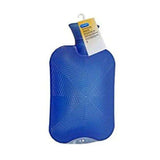

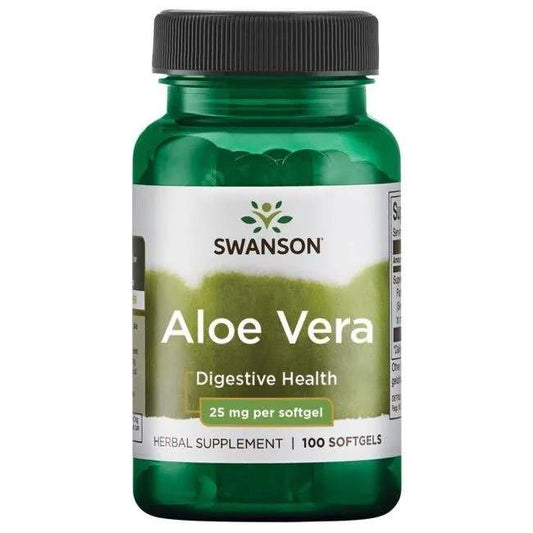
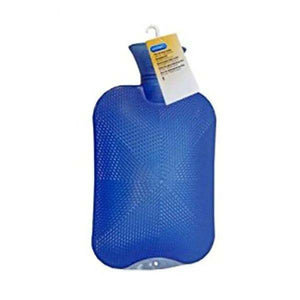

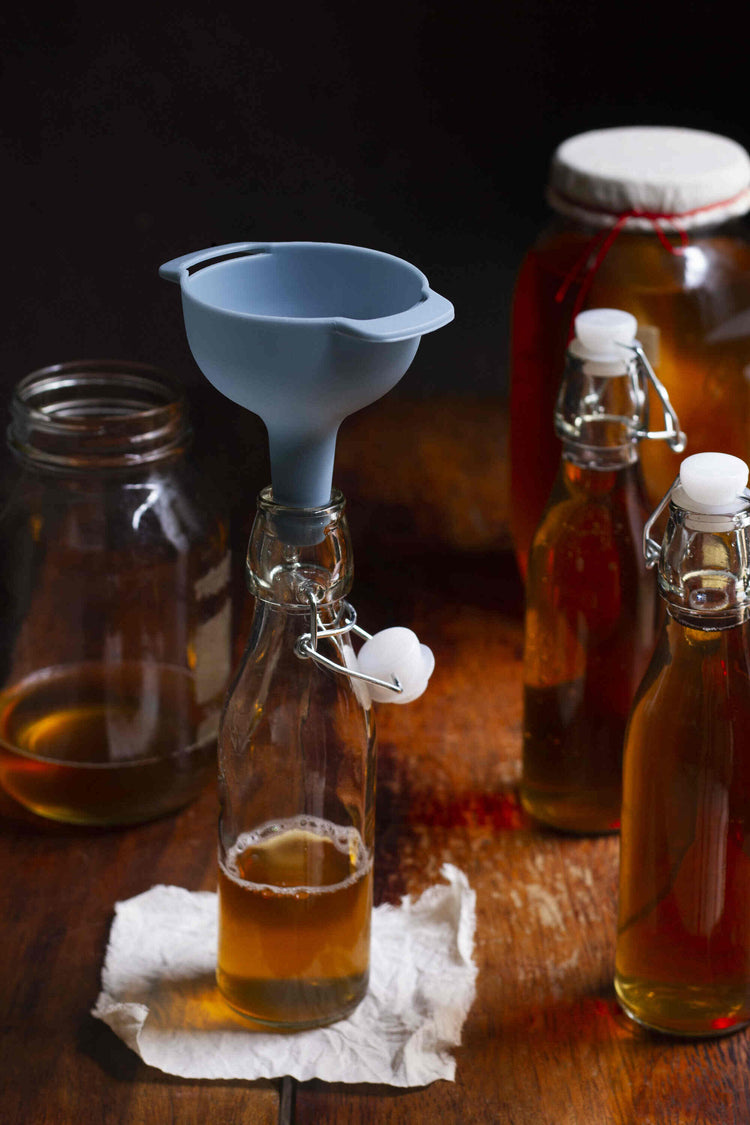

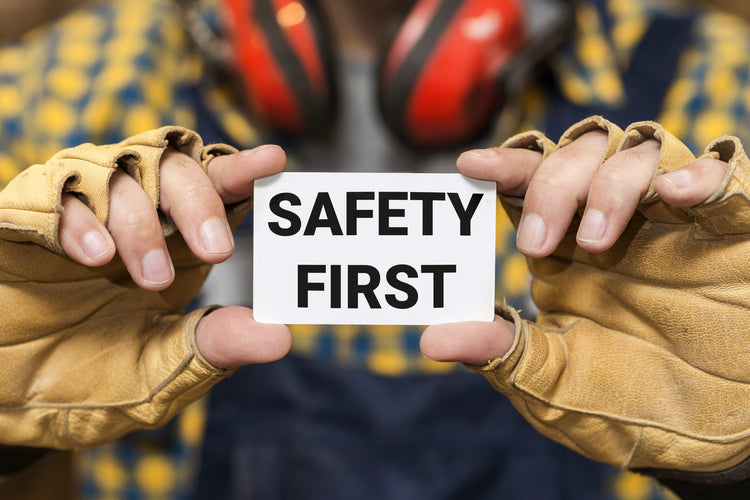




 Rated Excellent by 26,523+ Reviews
Rated Excellent by 26,523+ Reviews